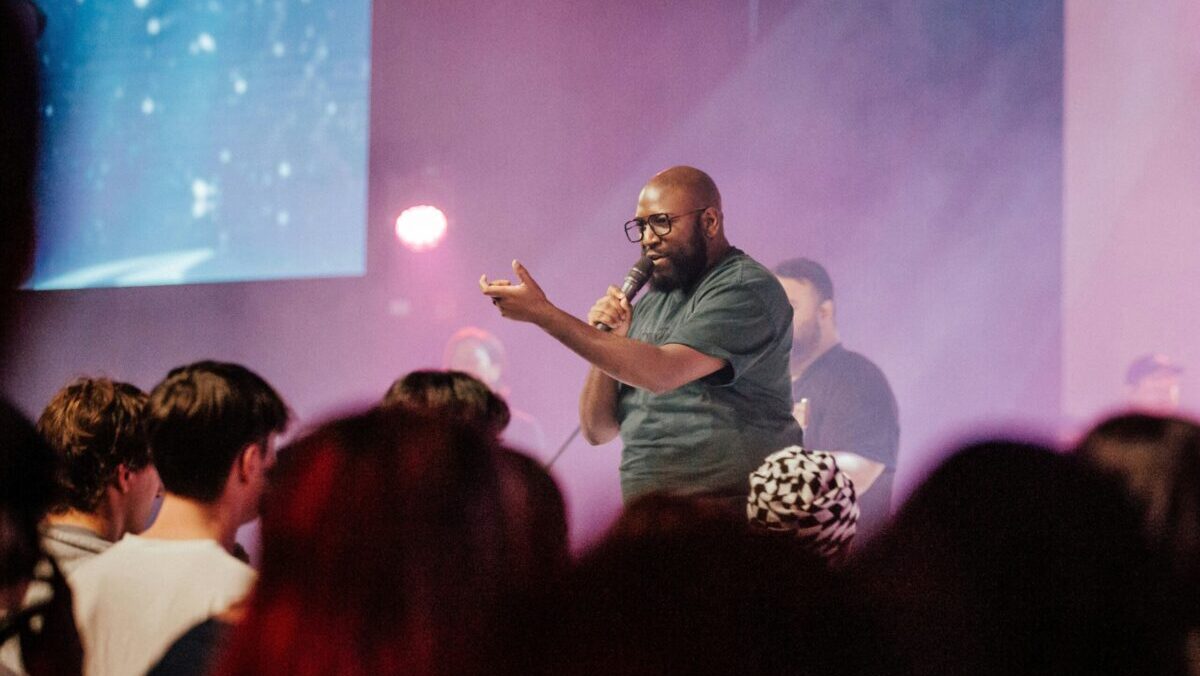Each student in your Youth Group is unique. This statement, while overwhelmingly obvious, can sometimes be forgotten in how we minister to our teens. Here are just a few of the differences that you encounter from student to student: parent’s faith, home life, age, interests, personality, social skills, and learning styles. If we fail to recognize those differences, our ministry may only reach a specific type of student.
To be most effective, we need to adapt the way we do ministry so that every student can grow closer to God. One of the best ways that we can do this is to incorporate a variety of teaching methods so that students can learn in the way that suits them best. The four learning styles we will look at today are visual, auditory, reading/writing, and kinesthetic. Incorporating something for each learning style will help students grasp what you’re teaching them!
Visual
A visual learner processes information best through images, videos, and written directions. They are drawn to illustrations, slides, and visually engaging lessons. When teaching, consider using graphics, videos, or a whiteboard to map out key points. Visual elements help bring Scripture to life and make abstract concepts easier to understand.
Auditory
An auditory learner absorbs information best through listening and verbal interaction. They benefit from sermons, storytelling, worship music, and group discussions. Encourage them to engage by repeating key points aloud, asking questions, or discussing Scripture in small groups. Creatively communicating the ideas in Scripture can help these students connect with God’s Word.
Reading/Writing
Someone who learns best through reading and writing processes information by engaging with text. They retain information well through Bible study guides, journaling, and structured outlines. Providing devotionals, Scripture memory challenges, and note-taking opportunities will help them engage deeply. Encourage them to write reflections or prayers to make their learning personal or print out a note guide to help them follow along with your message.
Kinesthetic
A kinesthetic learner thrives through movement, hands-on activities, and real-life application. They struggle with passive listening but learn best by doing—whether through role-playing, service projects, or interactive games. Object lessons and hands-on demonstrations help reinforce biblical principles. Giving them opportunities to physically engage with Scripture will make learning more impactful.
By incorporating different teaching methods, you can help every student in your ministry connect with God in a meaningful way. When students learn in ways that resonate with them, they are more likely to remember and apply biblical truths. How can you adapt your teaching this week to reach every type of learner?

Kyle Williamson
Director of Student Leadership Development
Photo by Steven Biak Ling on Unsplash

